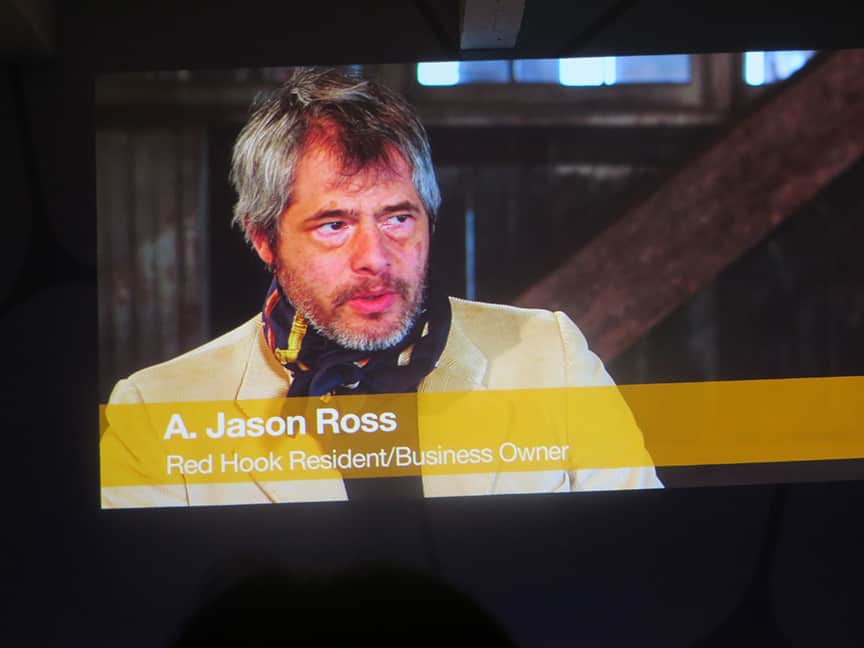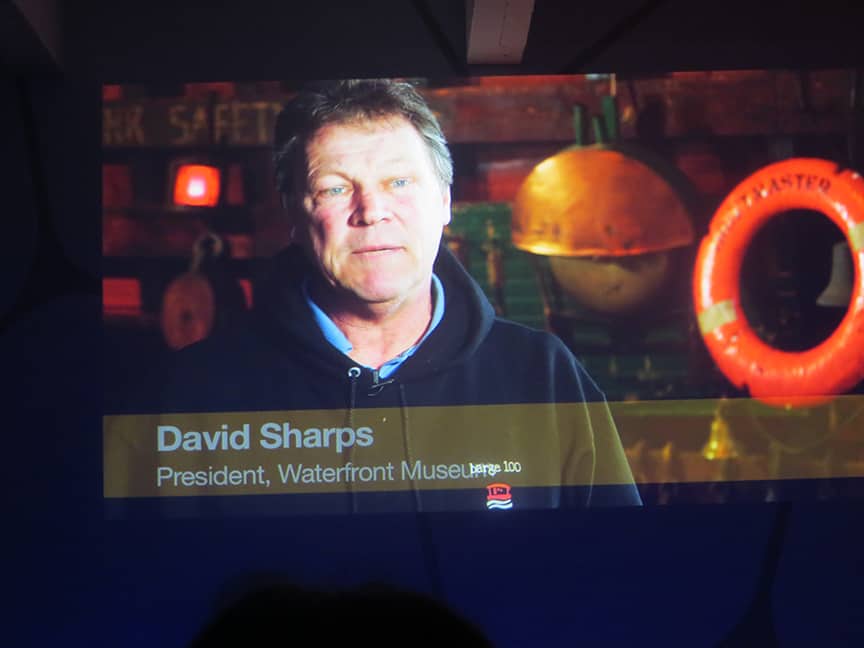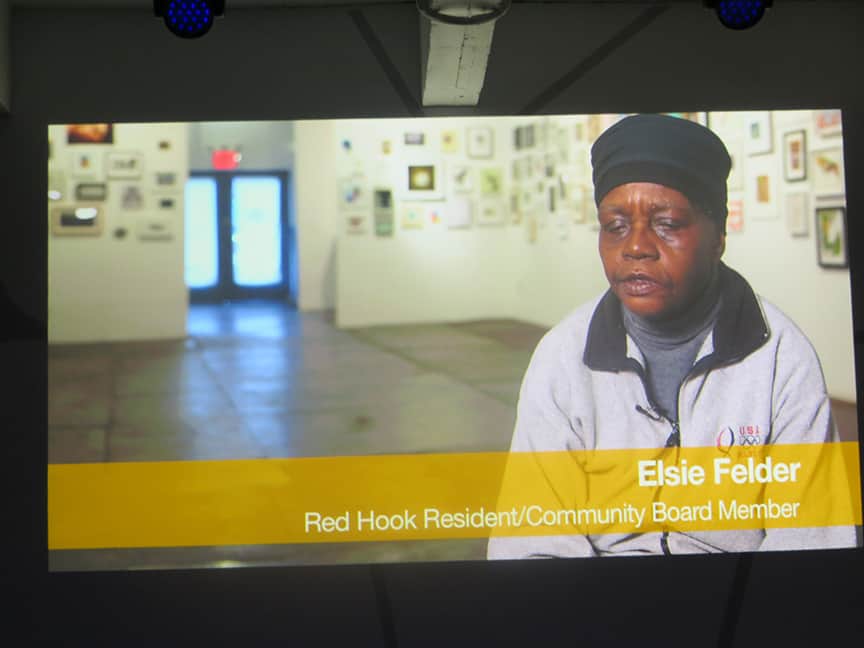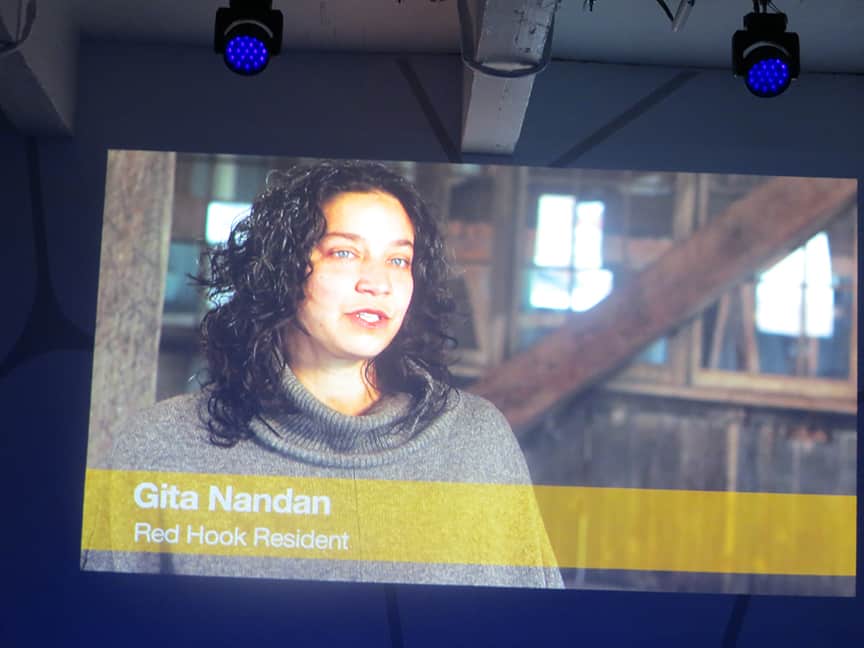Our little hidden village continues to make waves globally. BASF, a huge German chemical company with worldwide operations, chose Red Hook as a case study in understanding and perhaps solve some problems that cities of the future may encounter. During a facilitated process reminiscent of the recent NY Rising program.

BASF is a giant conglomerate that began 150 years ago manufacturing textile dyes. This greatly reduced the cost of produced colorful clothing, and made BASF a major player in the German dye industry – a field that Germans dominated. The breakthrough was the color indigo blue – the color of blue jeans.
Today BASF is the world’s largest chemical company. They have operations all over the world, with a sizable US presence, headquartered in New Jersey. For this last week in May, their leaders are camped out at 509 West 34th Street hosting , according to their press release ” Thought leaders, scientists, students and citizens are participating in a series of events to identify sustainable solutions. Red Hook, Brooklyn, is serving as the case study on how public-private partnerships can help resolve the evolving needs of global cities.”

The day started out bright and early. The event space is a former manufacturing facility near the Hudson Yards project on Manhattan’s west side. What was obviously once a grungy freight elevator is now painted a pristine bright blue, with an oak veneer floor. The doors opened up to a chicly lit space, replete with a large buffet table featuring unlimited coffee and danishes. To the right was a room bathed on purple displaying futuristic shaped materials that is an art installation by a Brooklyn architectural form called Terreform_ ONE. Another room was for speeches, and a large space on the other side featured continuously showing movies that mostly showed the Red Hook winery. Later on, that room hosted the charrete style activity intended to produce the projects that BASF may sponsor. It was in that room that they placed the copies of the Star-Revue that we brought along.

Speeches from BASF’s North American CEO Wayne Smith, Terreforme’s Maria Ailova, former City Planning Commissioner Amanda Burden, and Alexandros Washburn, Design Professor at the Stevens Insitute of Technology and Van Brunt resident began the proceddings.
We heard about the history of BASF, the challenges facing cities as world population grows to 9 billion by 2050, weather extremes and water shortages. Terraforme’s Ailova shocked this reporter as she ended her presentation stating that it would be ‘unfortunate if we allow Red Hook to become another Williamsburg.” It was a pleasant shock.
A short film was shown that featured many Red Hook denizens speaking to these and other issues. These included John McGettrick, Scott Pfaffman, Reg Flowers, Elsie Felder, Florence Neal, Victoria Hagman and Gita Nandan. Gita was the one Red Hooker we recognized at the event.
Following the presentations, the crowd was moved to the large room and broken up into groups to figure out and solve Red Hook’s problems. This will be concluded tomorrow and we will dutifully report and expand upon this article.
















